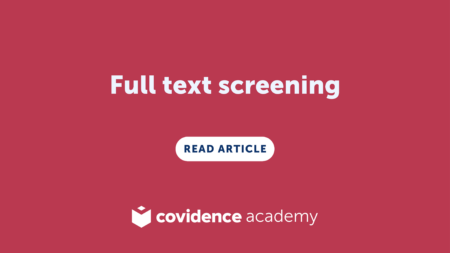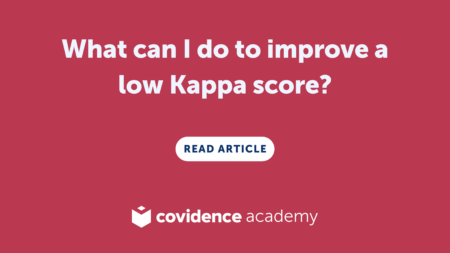The assessment of risk of bias of the included studies is an important part of a systematic review. This evaluation contributes to the certainty or strength of the evidence if you are going to measure this (not all reviews will include this assessment). The methodological characteristics of studies at high risk of bias, such as inadequate allocation concealment for randomised trials, are more likely to result in an exaggeration of treatment effect compared with trials with adequate allocation concealment.
Risk of bias assessment evaluates the design and conduct of the individual studies included in the systematic review. It aims to identify potential sources of systematic errors in the design, conduct, or analysis of each study. It gives us an indication how well each study’s results can be trusted. This assessment often involves evaluating the study’s methodology, such as randomisation, blinding, handling of missing data, and other factors that could impact the validity of the results.
There are many tools out there that are available to assess risk of bias, including tools for assessing intervention, observational and qualitative studies. Check them out to see if they might be useful and appropriate for your review.
Here are a few commonly used tools:
- Cochrane Risk of Bias Tool (RoB 2 and RoB 1) for intervention studies, usually randomised controlled trials. The tool assesses domains such as selection, performance, detection, attrition and reporting biases.
- Jadad scale for randomised controlled trials. Focuses on randomisation, allocation concealment and attrition.
- ROBINS-I for non-randomised studies of interventions. Assesses allocation method, confounding variables, selection bias, classification of interventions, protocol deviations, attrition bias, outcome reporting.
- Newcastle-Ottawa Scale for observational studies. Assesses selection bias, comparability and outcome domains.
- Critical Appraisal Skills Program (CASP) checklists. There are a number of checklists available for different study designs including qualitative studies.
- QUADAS-C tool for diagnostic test accuracy studies.
Click here to go back to Covidence Academy.
Already have an account? Sign in and start screening!
Explore more resources.


